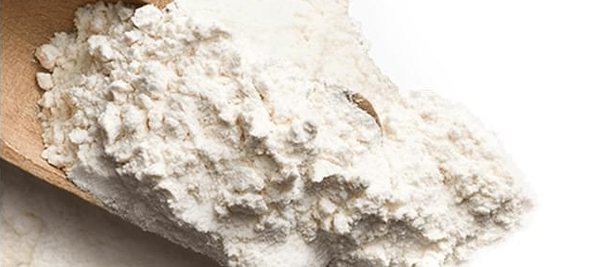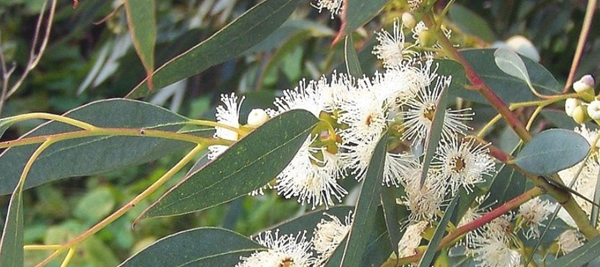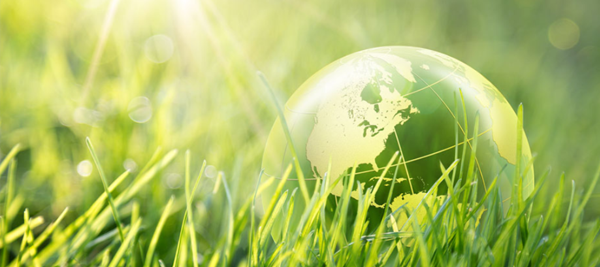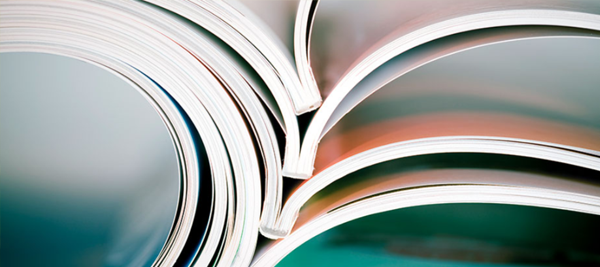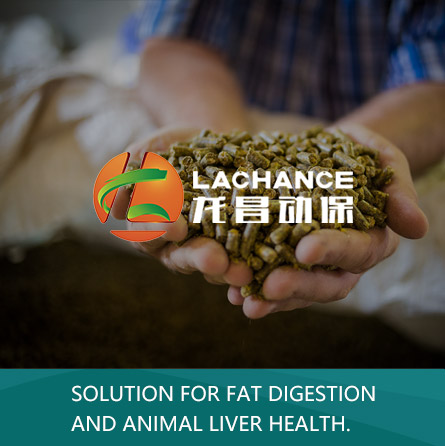Research on Energy Feed Impact on Fish Growth and Meat Quality
Energy feed is a classification in the feed industry for feed ingredients with high energy content. The digestible energy requirement for energy feed is above 10.46 MJ/kg, with crude fiber content below 18% and crude protein content below 20% (Ning Ran et al., 2022).
Common energy feeds include corn, barley, sorghum, wheat bran, rice bran, sweet potatoes, and potatoes. (Ding Peng, 2017).
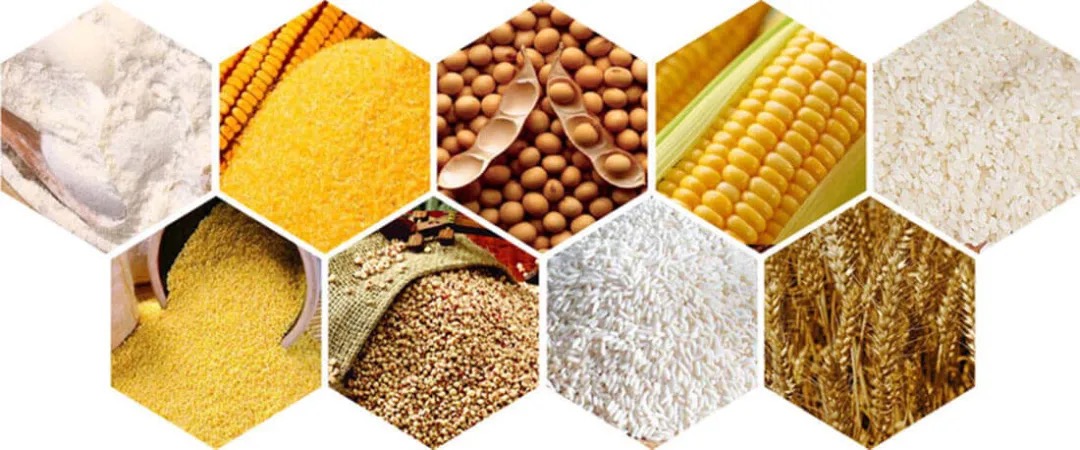
Among these, corn is the most important energy feed, known for its high energy content, low fiber, and strong palatability (Jiang Yinan, 2022). However, corn has a relatively low protein content, so it is often used in combination with protein feeds in aquaculture to enhance fish growth performance and meat quality.
Compared to corn, barley has lower energy content and higher crude fiber, but its protein content is superior to that of corn (Gu Yinghui and Yang Qing, 2022), making it a commonly used energy feed in aquaculture.
Reasonable energy feed in aquatic feed is essential for ensuring the normal life activities of fish and has a direct impact on their growth and development (Fu Linlin, 2007).
However, energy feeds also contain certain amounts of protein, fat, vitamins, and other nutrients, so some studies have shown that energy feeds can affect the quality of fish meat.
Zhong Guangxian (2013) found that using corn DDGS to replace rice bran in feed, when the replacement level was below 20%, there was no significant impact on the growth performance and body composition of grass carp and carp, providing a reference for the mutual substitution of energy feeds in aquaculture.
Chen Yuhang et al. (2017) compared the effects of three types of feed—barley, wheat, and a 50% barley + 50% wheat mixture—on grass carp. The experimental results showed that there was no significant difference in the condition factor and hepatosomatic index among the three groups of grass carp.
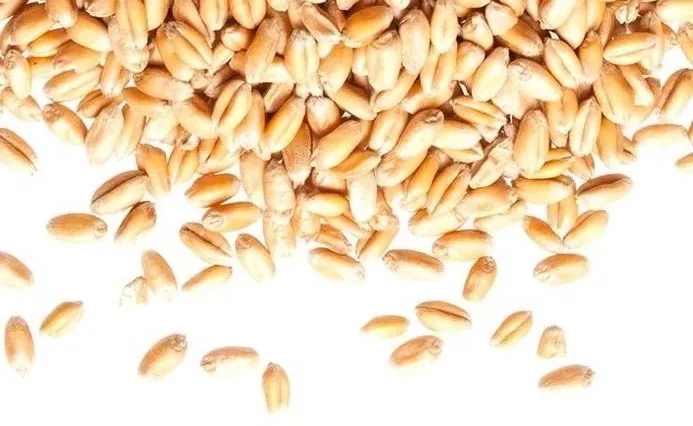
Wu Miaohong et al. (2018) analyzed the nutritional components of rice bran and found that rice bran not only has high energy levels but is also rich in essential amino acids, unsaturated fatty acids, and magnesium, making it a high-quality feed for supplementing amino acids in abalone.
Guo Yongjian et al. (2015) used four types of feed—flour, rice bran, shrimp feed, and fish feed—to feed mullet. After an 8-week growth trial, they found that the crude protein content was highest in the rice bran group, while the crude fat content was highest in the shrimp feed group, indicating an improvement in the quality of mullet meat.
Thus, the development and utilization of energy feed resources in aquaculture can effectively reduce the dependence on corn raw materials and promote the sustainable development of aquaculture.

